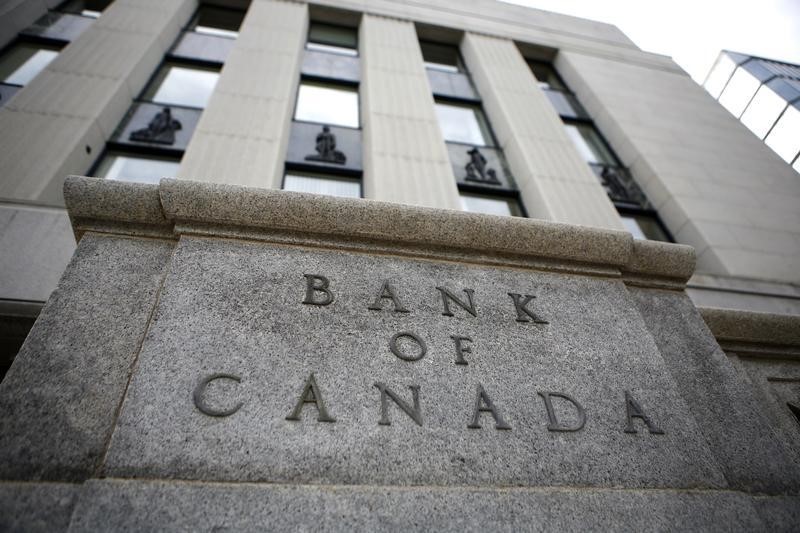(Adds details from statement, quote)
OTTAWA, April 13 (Reuters) - The Bank of Canada kept
interest rates steady on Wednesday, saying weaker global growth,
a less favorable U.S. outlook and shrinking business investment
would have driven the economic outlook lower if not for the
boost from the government's fiscal stimulus.
Citing the spending announced in the new Liberal
government's March budget as one of the only positive factors
driving economic growth in Canada amid a prolonged slump in the
energy sector, the central bank took a dovish tone in its
closely watched quarterly Monetary Policy Report even as it
raised forecasts for GDP growth in 2016.
As expected, it held its overnight rate at 0.5 percent,
where it has been since July 2015, saying risks to the inflation
profile are roughly balanced.
The Bank said the output gap could close "somewhat earlier"
than it had anticipated in January, likely in the second half of
2017 rather than at the end of 2017, as the fiscal stimulus -
which includes infrastructure investment and new child benefits
for many households - boosts growth and potential output is
revised lower.
The Bank said that while the economy in the United States,
Canada's largest trading partner, would regain momentum after
weakness early in the year, the recovery's profile and
composition would be "less favorable for Canadian exports,"
while global growth would be weaker than projected in January.
The recent strengthening of the Canadian dollar was also
weighing on exports, the Bank said, dismissing unexpectedly
strong gross domestic product growth in the first quarter as
temporary strength that is likely to reverse in the second
quarter.
"The combined effect of all these global and domestic
developments would have been a modest downgrade of the Bank's
outlook. However, the fiscal measures announced in the March
federal budget will have a notable positive impact on GDP," the
Bank said in a statement.
The fiscal spending will boost GDP growth by 0.5 percentage
point in 2016 and 0.6 percentage point in 2017, the Bank said.
The fiscal boost will drive overall economic growth to 1.7
percent in 2016 and 2.3 percent in 2017, the bank said. In
January, it had forecast 2016 growth at 1.4 percent. It forecast
growth would dip to 2.0 percent in 2018.
(Editing by Jonathan Oatis)
